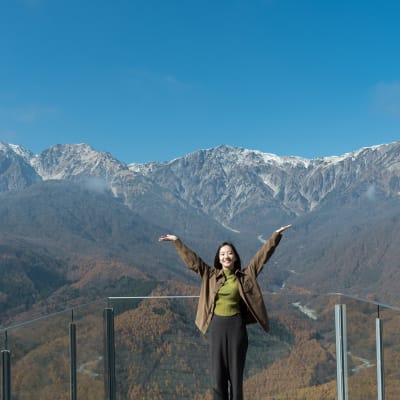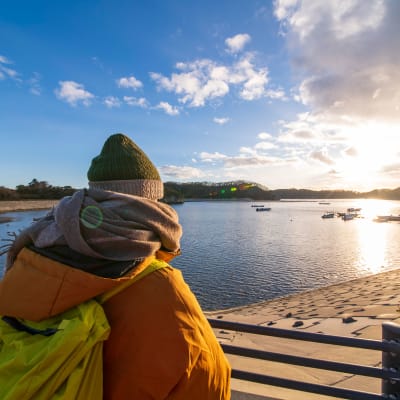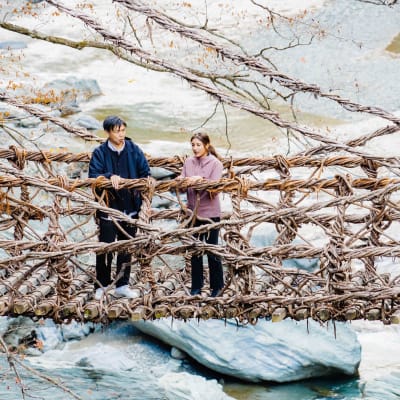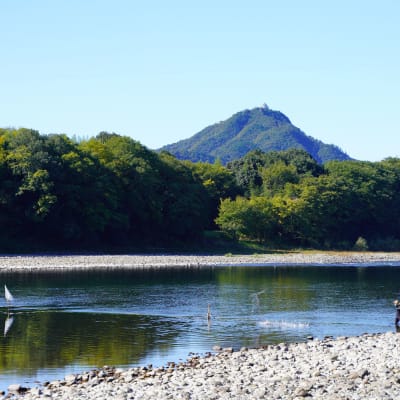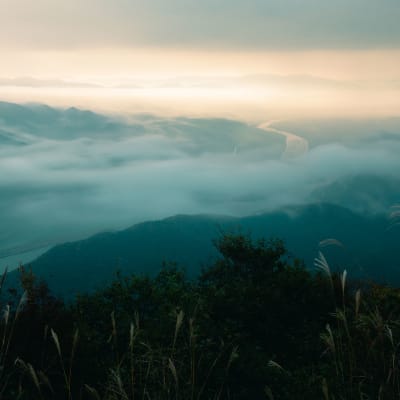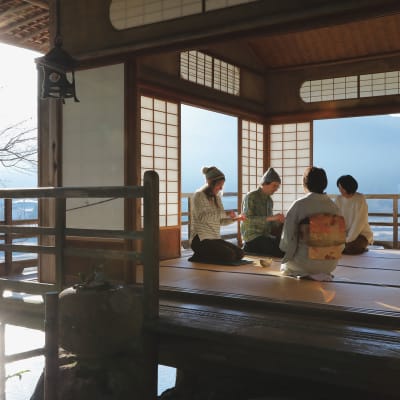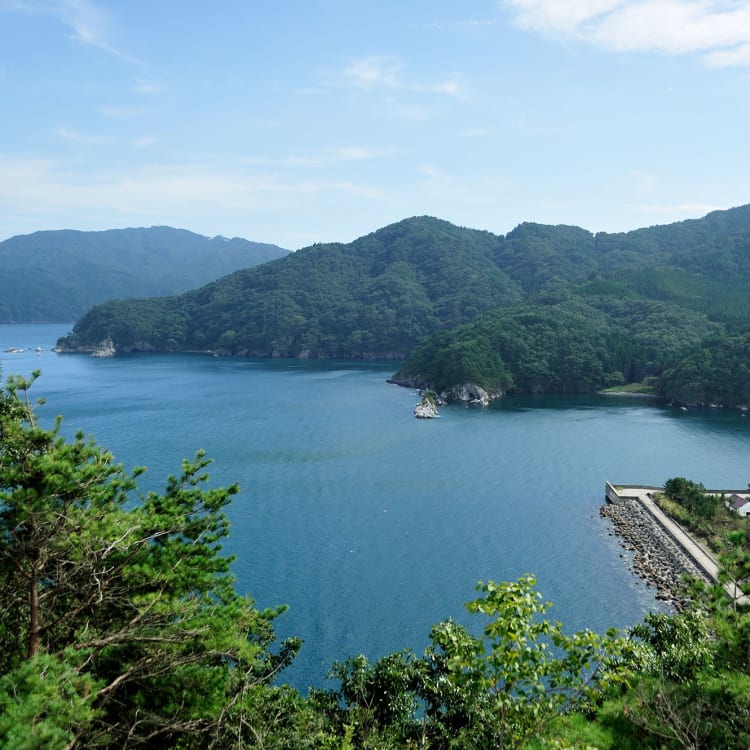
Sustainable Destinations Tohoku’s Vision: Preserving Nature and Culture After the Disaster
When it comes to traveling, many seek more than just enjoyable experiences. The concept of “sustainability” holds significant value internationally, not only for the operation of tourist destinations but also for travelers themselves. The areas introduced in this article, Kamaishi City and Higashi-Matsushima City, faced significant challenges after the 2011 Great East Japan Earthquake. However, alongside diligent recovery efforts, these places have transformed into areas where strengthened bonds among people and the unique charm of the region truly stand out. In a place that embodies both strength and beauty, let’s dive into the authentic allure of sustainable tourism.
Kamaishi (Iwate)
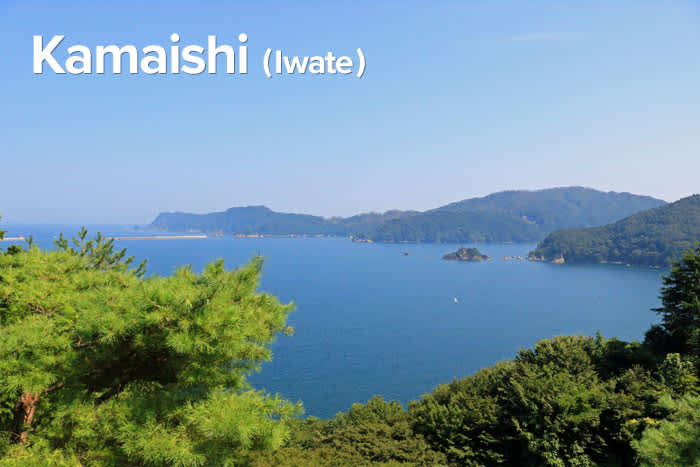

Located on the Pacific side of the Tohoku region, Kamaishi City in Iwate Prefecture is historically recognized as the birthplace of modern iron manufacturing in Japan. It is also known as a port city with a diverse coastline and rich fishing grounds, located at the heart of the extensive Rias coast that stretches across Aomori, Iwate and Miyagi prefectures. In Kamaishi City, where history intertwines closely with nature, there is a strong commitment to initiatives aimed at safeguarding and nurturing precious environmental resources while actively engaging in reconstruction activities.

After the Great East Japan Earthquake, Kamaishi City took a unique approach by turning its history and culture, even the experience of being a disaster area, into tourism attractions. They designated it as the Kamaishi Open Field Museum, essentially making the entire city a “living museum.” This not only promotes tourism but also encourages both visitors and locals to actively contribute to the community’s improvement.

One unique tourist experience in the region is the fishing boat cruise. This sustainable initiative takes the place of conventional tourist boats, which were impacted by the earthquake, by utilizing existing fishing boats. Guided by local fishermen who possess in-depth knowledge of the area, visitors get to explore the bay’s scenic spots and aquaculture sites.

Another highly recommended experience is the homestay program in local fishing villages. Ohakozaki no Yado, a renovated guesthouse that was formerly a kindergarten, operates in collaboration with local residents, led by an innkeeper who lost her job in the earthquake. It provides heartfelt hospitality with a sustainability focus, featuring local cuisine abundant in fresh seafood and highlighting the concept of local production for local consumption.
During your stay, you’ll have the chance to engage with the local community and gain diverse insights. Activities include trekking at Kamaishi’s scenic spot, Senjojiki, and participating in fishing boat cruises. Your visit goes beyond typical sightseeing; it becomes a meaningful stay where you can learn about natural and cultural conservation, fishing village culture, and actively contribute to the local community.

Additionally, there’s an educational program addressing the escalating global issue of microplastics. Participants embark on a fishing boat to collect seawater samples, subsequently utilizing microscopes to analyze the microplastics present in the seawater. Collaborating with local university students, you’ll explore how these microplastics are linked to changes in the marine environment. This hands-on investigation ensures a impactful experience, rendering marine conservation more tangible and personally relevant.

Kamaishi also offers an educational program centered on forestry. In this region, initiatives are in place to utilize forest residues, such as branches and leaves from tree felling, for wood biomass power generation at the Kamaishi Steelworks. Within this program, participants have the opportunity to actively engage in calculating wood biomass energy derived from collected forest residues. This interactive experience aids individuals in understanding daily energy consumption and the necessary actions to protect forests and nature.

The coastal area offers a wealth of activities to fully enjoy the rich natural environment, including stand up paddleboarding (SUP) and sea kayaking. Immerse yourself in the beautiful sea that symbolizes Kamaishi and create unforgettable memories.

Kamaishi employs sustainable tourism practices that not only enrich the experience for tourists but also contribute to the well-being of the local community, showcasing their dedication to sustainability. Why not immerse yourself in a meaningful experience in Kamaishi, a city that has triumphed over the challenges of the earthquake disaster and is evolving into an even more captivating destination?
Links
Higashi Matsushima (Miyagi)


Blessed with natural beauty, Higashi-Matsushima City encompasses Oku-Matsushima, the eastern edge of the nationally renowned scenic area. In the aftermath of the Great East Japan Earthquake, the city has adopted the “All Higashi-Matsushima Style” in cooperation with its citizens, government, and related organizations. This approach aims to create a tourist area that is great to live in, visit, and do business in, and to move forward with reconstruction and development. To preserve this beautiful city for future generations, let’s explore the sustainability efforts being made here.
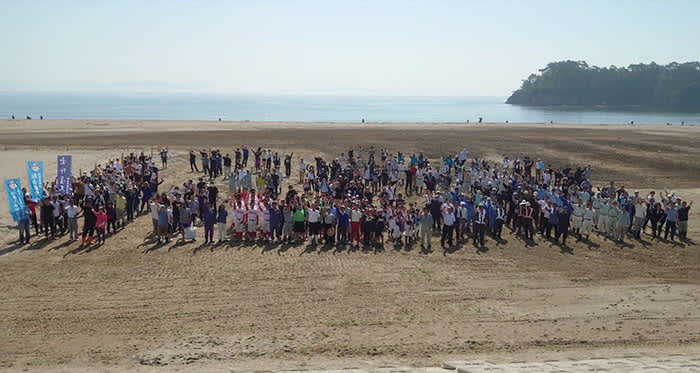
Specific initiatives in Higashi-Matsushima include the development of the approximately 10-kilometer Miyagi Olle Oku-Matsushima Trail Course, which allows visitors to trek and experience the history and nature of Oku-Matsushima, beach clean-up activities, and tourist attraction strategies in cooperation with the nongovernmental businesses.
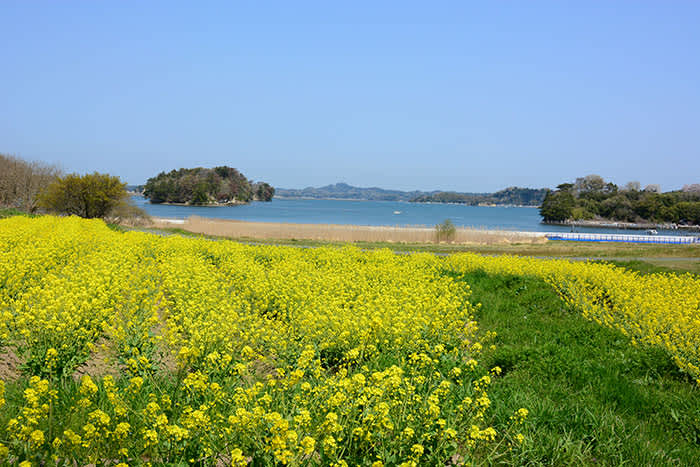
The well-maintained Miyagi Olle Oku-Matsushima Trail Course, which takes about four hours to complete, is full of attractions. At the Satohama Jomon no Sato Historical Park, home to one of Japan’s largest shell mounds, you can contemplate the ancient people who once lived in the area. The Otakamori viewpoint offers a 360-degree panoramic view of Oku-Matsushima’s landscape, where you can see islands dotting the calm sea, creating a picturesque scene like a painting.

Sagakei Gorge, a rugged cliff-lined area at the southeastern tip of Oku-Matsushima, is another iconic view spot of Matsushima. You can admire the natural art formed by rough waves and winds from the comfort of a sightseeing boat.

The Nobiru-juku is a civic group that participates in the government-led Children’s Farm and Mountain Fishing Village Exchange Project. They provide opportunities to learn about sustainability with the goal of passing on Matsushima’s beautiful aquatic environment to the next generation.

When you visit Higashi-Matsushima, you will experience the grandeur of nature, the local culture, and the passion of the people who strive to preserve and pass on these treasures. This precious experience is sure to inspire great courage and insight for creating a sustainable future.




















































